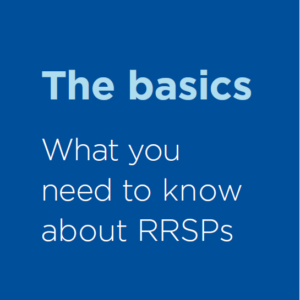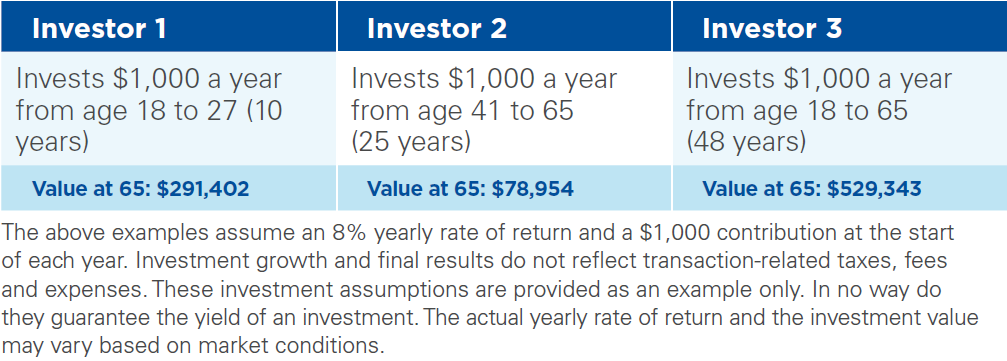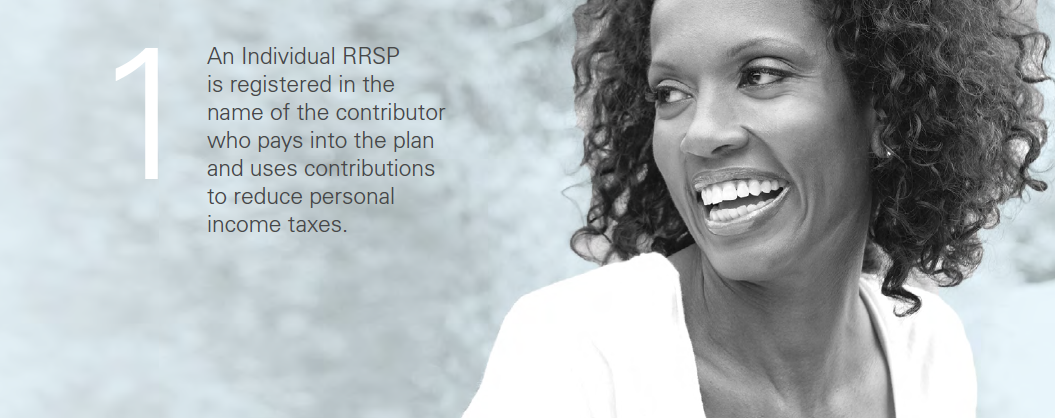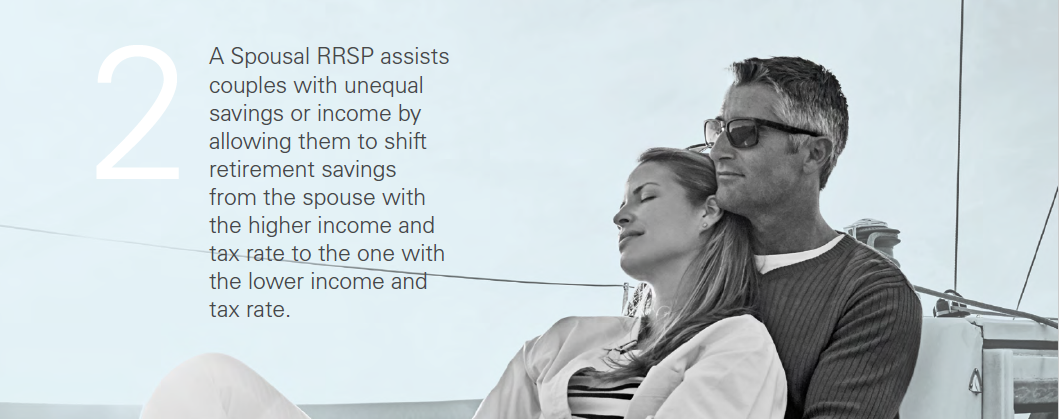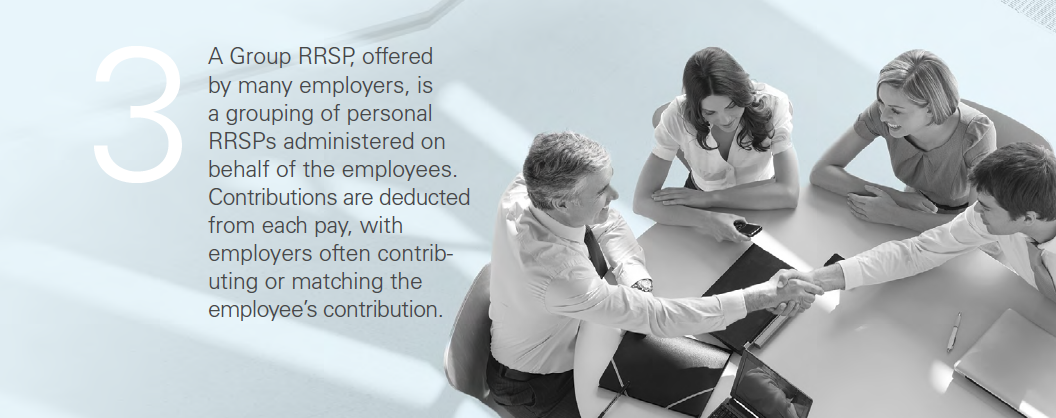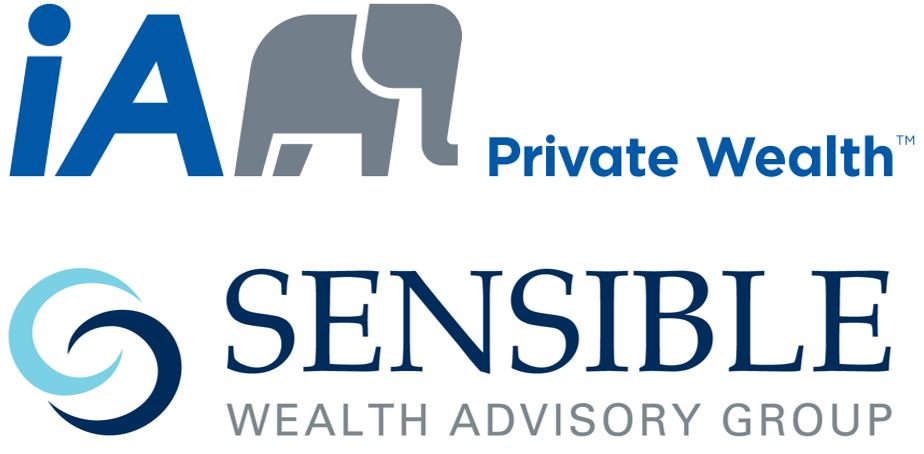While there’s no hard and fast rule, contributing about 12% of your pre-tax income each year is recommended, up to a maximum of 18% of your income. The goal for most people should be to contribute enough so that when you retire, you can maintain the same lifestyle you enjoyed while you were working.
No. If you don’t maximize your contributions, you can carry forward any unused deduction room indefinitely. Your carry-forward amount is noted on your Notice of Assessment from Canada Revenue Agency.
Contributions made in the first two months of the year can be declared for either tax year. If, for example, you don’t want the contribution included on your current tax return, simply wait and include the amount on the following year’s tax return.
In the year you turn 71, your RRSP account is closed and the funds are converted into a source of retirement income in the form of a Registered Retirement Income Fund (RRIF), annuity or a lump-sum cash withdrawal.
Yes. You can withdraw up to $25,000 tax-free through the Home Buyers’ Plan (HBP), for a down payment on your first home. You can also withdraw up to $10,000 tax-free per year through the Lifelong Learning Plan to finance full-time training or education for you, your spouse or common-law partner. In both cases, the borrowed funds must be repaid to your RRSP account within
a given period of time.

